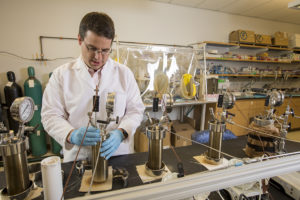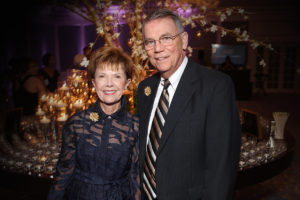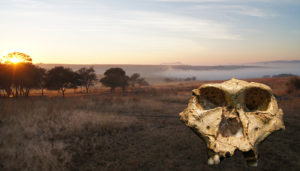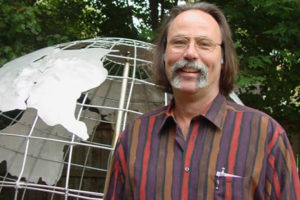The National Climate Assessment, released the day after Thanksgiving, highlights the risks to which federal policymakers are exposing the country — including very pointedly the Midwest — by attempting to roll back limits on greenhouse gas emissions that contribute to climate change, says an expert on environmental policy at Washington University in St. Louis.










